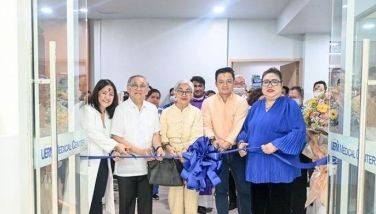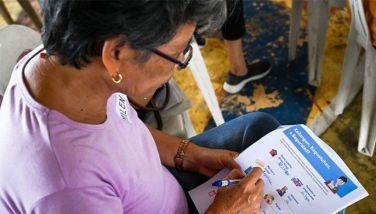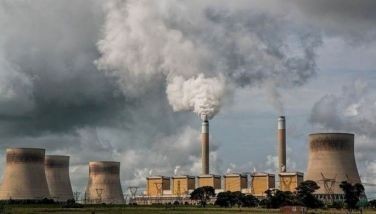Phl economy to remain a growth stalwart in Asia
MANILA, Philippines - After over a decade of mostly weak and often volatile economic performance, the Philippines became a growth stalwart in early 2012. Since then, the economy has registered one of the fastest GDP growth rates in emerging markets, according to global banking institution Deutsche Bank AG.
“The fact that the economy has been growing at the rate of six to eight percent appears even more impressive after taking into account chronic export weakness and periodic natural disasters,†Diana del Rosario, Deutsche Bank economist for Malaysia and the Philippines, said.
But the big question remains: is there sustainable and inclusive growth in the second best performing Asian economy after China?
Del Rosario said a 6.8-percent gross domestic product (GDP) growth rate is seen for 2014, after the impressive 7.2 percent registered for 2013.
“But even if our conservative forecast materializes, 2014 would mark the third straight year when growth substantially exceeded its long-run average of about five percent,†the economist added.
Domestic demand remains the key growth driver. Private consumption – comprising over 70 percent of GDP – has been growing by about six percent lately, well above the four percent long-term average growth rate.
Investments recovered after a protracted period of lackluster performance.
Gross fixed capital formation returned to 10-percent growth in 2012, after the double-digit outturn in 2010 was interrupted by concerns of the eurozone crisis. This recovery is a welcome development after seeing investments merely grow by about three percent on average since the 1998 Asian financial crisis.
The pick-up in both private consumption and investments has been stimulated by the sustained inflow of remittances from overseas Filipinos and the growing business process outsourcing (BPO) industry. In addition, investments have begun to benefit from the government’s efforts to ramp up infrastructure spending.
About $21 billion of remittances, equivalent to eight percent of GDP, flowed into the country annually in the past two years. This made the country the fourth largest recipient of remittances in absolute terms, trailing behind India, China, and Mexico.
President Aquino’s Philippine Development Plan (PDP) has a goal of attaining inclusive growth or “sustained growth that creates jobs and continuously reduces poverty.
The plan of increasing infrastructure spending (to match a 22-percent investment-to-GDP ratio) and ensuring quality post-calamity reconstruction can attract long-term private investments in the country.
More private investments, however, should be directed to higher value-added services and lagging manufacturing sectors. Also, the agricultural sector has to see productivity-enhancing investments to raise incomes.
“These investments will take time to materialize and so are the benefits of significantly reduced unemployment and poverty rates. That is why the government now has to intensify efforts to meet these goals,†the Deutsche Bank economist said.
Only five projects out of the 49 committed by the administration under the Public-Private Partnership (PPP) scheme have been awarded.
But aside from awaiting the fulfillment of these costly infrastructure projects, the economy can leverage on the large inflows of remittances, improved incomes from the growing BPO industry, and thriving tourism sector by spurring the development of small to medium enterprises (SMEs).
SMEs account for about 40 percent of GDP but they are dominated by micro enterprises (with only one to nine employees).
A study by the Philippine Institute for Development Studies (PIDS) indicates that the growth of SMEs has been hindered by among others, poor access to financing and information.
Del Rosario said that strong growth would mean little for vast numbers of poor Filipinos if their lives, from income to accommodation, education to health care, do not see any material improvement.
The country’s sound macroeconomic fundamentals – strong growth coupled with a healthy current account surplus, ample international reserves, and manageable fiscal deficit – could build economic resilience to crises.
But beyond responding to short-term risks, the country has to deal with its long-standing problems of unemployment and inequality.
“Bold and urgent reforms to boost infrastructure investments, promote competition (spur businesses, relax limits on foreign ownership), and eliminate corruption are instrumental, in our view, to attaining sustainable and inclusive growth,†Del Rosario added.
- Latest





























